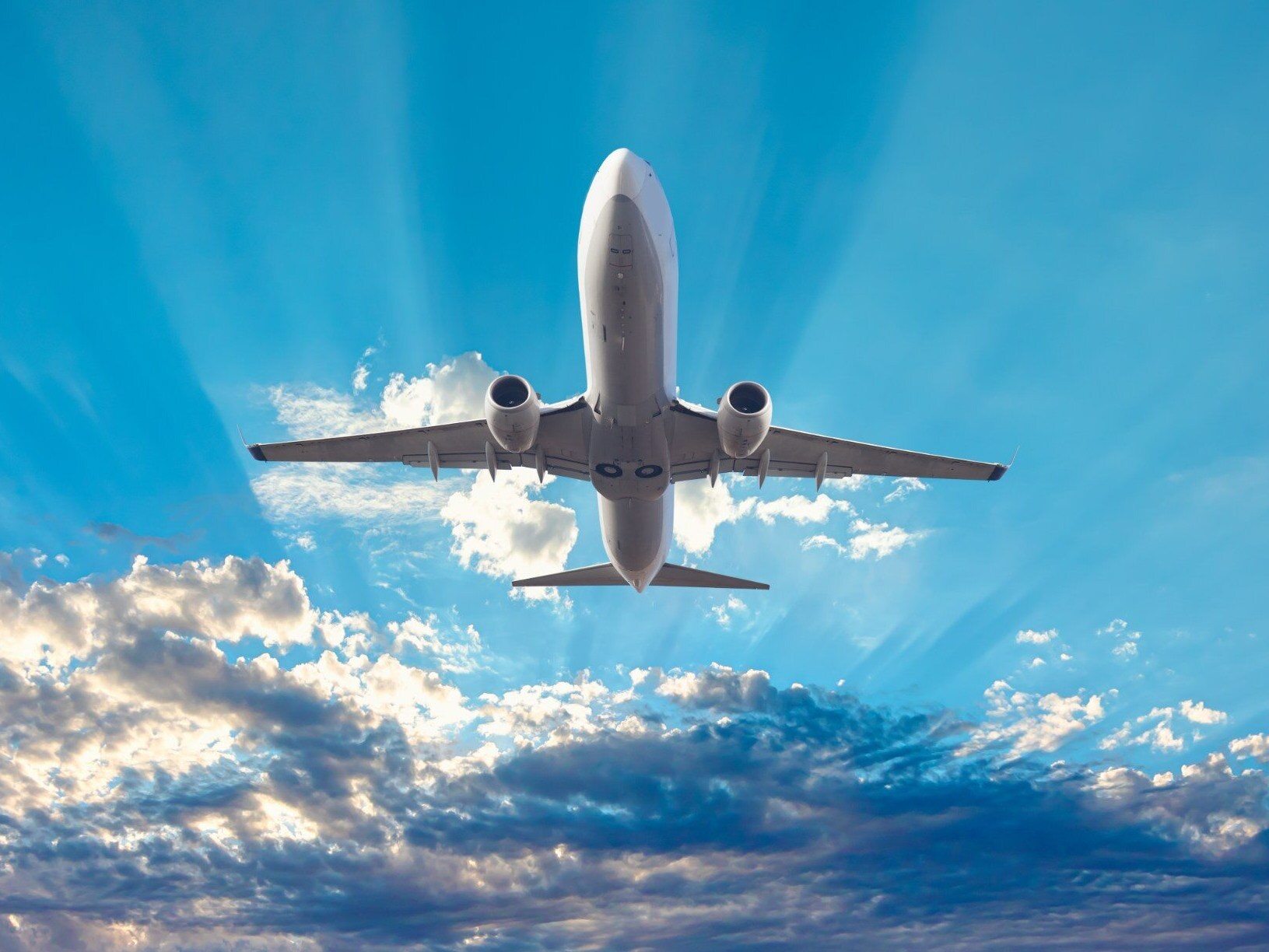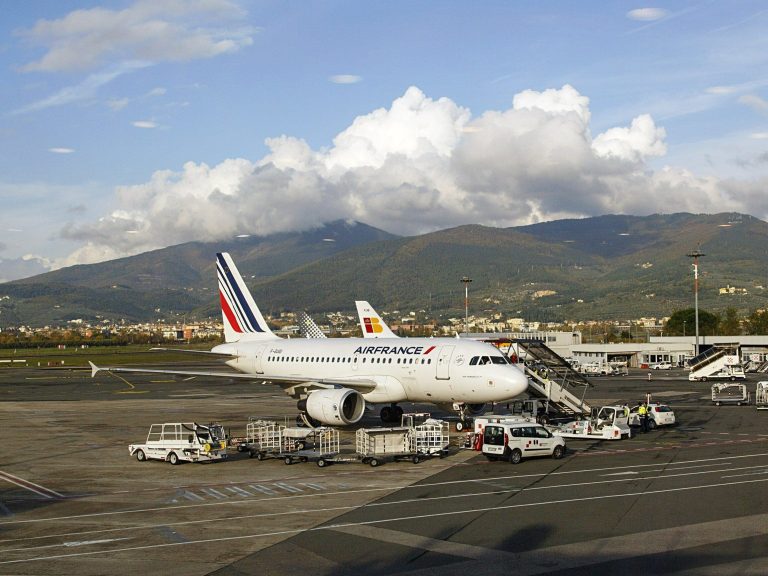Strong winds caused the planes to fly at supersonic speeds. They reached their destination ahead of time

Extremely strong winds over the Atlantic “pushed” the planes, causing them to reach supersonic speeds. Their speed was over 1,200 km/h and they reached their destination before the scheduled time.
Passengers on commercial flights got a wild ride on the plane over the weekend as unusual winds pushed their flights to supersonic speeds. We would like to remind you that the speed of sound is approximately 1,225 km/h, and they reached up to 1,287 km/h. As many as five machines benefited from such strong winds.
Record speeds of planes over the Atlantic
Virgin Atlantic Airways Flight 22, British Airways Flight 292, British Airways Flight 216, United Airlines Flight 64 and American Airlines Flight 120 reached speeds of over 800 miles per hour (1,287 km/h) while traveling along the jet stream.
For comparison, the typical cruising speed of a passenger plane is about 970 km/h. The jet stream moves from west to east, which can shorten flight times and get passengers to their destination ahead of time. Unfortunately, it also has its disadvantages.
Strong wind over the ocean
Scientists warn that the trade-off of jet stream travel is more severe turbulence. On Saturday, a Virgin Atlantic flight from Washington to London reached speeds of nearly 802 mph (1,290 km/h) while surfing the jet stream.
According to the Washington Post, the Virgin Atlantic flight took off from Washington on Saturday at 10:45 p.m. and reached that speed at 11:20 p.m. while east of Long Island.
The U.S. National Weather Service said winds reached 250 mph at about 35,000 feet above Washington, the altitude at which planes fly.
“This evening's weather balloon launch detected the second strongest upper atmosphere winds on record dating back to the mid-20th century,” the National Weather Service for Baltimore and Washington reported on X. “At approximately 34,000-35,000 feet, winds were at maximum speed approximately 425 km/h,” it added.
Even though its speed stabilized at some point, the plane reached its destination about 45 minutes before the planned time.
According to Fox Weather, another British Airways flight from Washington to London arrived 32 minutes earlier, and British Airways Flight 216 on the same route arrived 20 minutes earlier.
Meanwhile, a United Airlines flight from Newark departed at 8:35 p.m. Saturday and reached a speed of 1,300 km/h just off the east coast before arriving in Lisbon 20 minutes earlier.
Although the planes in question reached speeds of more than 800 miles per hour, well above the speed of sound, Jeff Berardelli, a meteorologist at WFLA Tampa Bay, said they did not technically break the sound barrier. It was the wind around the machines that “pushed” them to record speeds, but the planes themselves did not move with it.
The only plane known to have broken the sound barrier is the retired Concorde. It could reach up to 2,350 miles per hour – approximately 3,780 km/h. The commercial plane was withdrawn from service in 2003, a few years after the disaster in France in July 2000. However, NASA is working on its successor, which could fly at a speed of 1,500 km/h.






